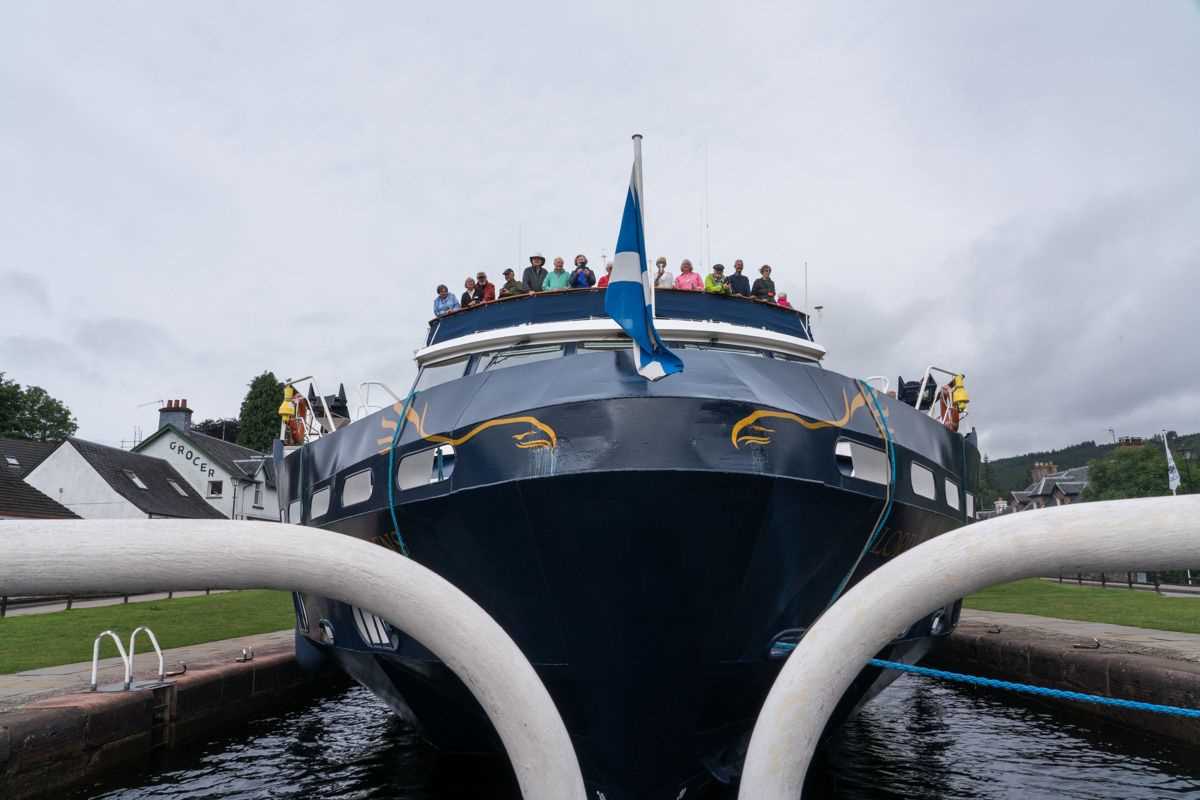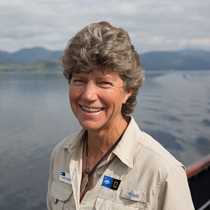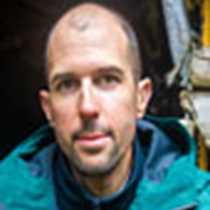During breakfast hours, Lord of the Glens made her way through the locks of Fort Augustus and sailed out onto the wide expanse of Loch Ness. The 23-mile-long, 755-foot-deep loch sits along the geological Great Glen Fault line.
As we sailed across Loch Ness, we heard a talk on the Jacobites, with the history of the Jacobite uprisings and Prince Charles’ attempt to regain the throne for the Stuart dynasty. This prepared us for our afternoon outing to Culloden Battlefield. Near the end of Loch Ness, the ship slowed near Urquhart Castle, giving us a good view of this medieval castle with a violent history. In the 14th century, Robert the Bruce regained the castle from King Edward I, and in the following centuries, it was frequently attacked by the MacDonalds, who were then the Lords of the Isles. In 1692, the castle was blown up to prevent Jacobite rebels from using it, leaving only picturesque crumbled towers and walls. It is a prime Nessie-spotting place, but we saw no sign of the great monster this morning.
After Loch Ness, we enjoyed our last sail through the final stretches of the canal and arrived in Inverness. There we disembarked and set off for the Culloden Battlefield, the site of the 1746 battle that ended Prince Charles’ campaign to reclaim the throne. The Jacobite troops were brutally defeated, and the Culloden Visitor Centre provides a history of the events leading up to the final conflict, as well as details of the battle. There was time to explore the battlefield itself, once a boggy moorland, where many of those killed in the fight were buried.
From Culloden, we set off to explore a completely different era of Scotland’s history, moving back into the Bronze Age with a visit to Clava Cairns. The four burial cairns at the site were constructed around 2,000 BC. Two of the cairns have passages aligned to catch the sun’s rays on the winter solstice. The lush beech and birch trees surrounding the cairns and standing stones are of much later vintage, planted by the landowner around 1870 to create a druidic grove.
Our festive evening started with the captain’s farewell reception and the guest slideshow, filled with photos of many memorable moments from our journey through the Highlands and islands. Dinner began with a recitation of Robert Burn’s “Address to a Haggis” and a chance to taste this “chieftain of the pudding race.” A visit from young Scottish dancers topped off the evening with traditional performances to the tunes of the Scottish bagpipe. It was a glorious week, and as they say in this beautiful country, “haste ye back!”









